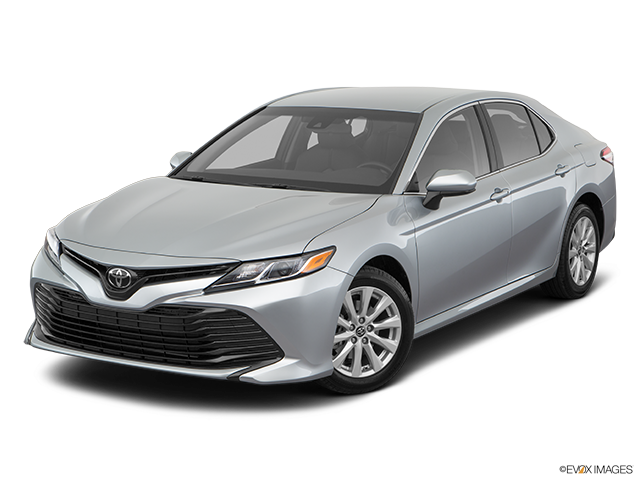
A driveshaft is a long, cylindrical tube that delivers rotational torque from your engine and transmission to the differential(s) that turns the drive axles in your vehicle. This transfer of torque allows your drive wheels to move.
The driveshaft extends along the underside of your vehicle from front to back. It connects the transmission or transfer case to another gearbox, called a differential. There, the rotation of the drive shaft is turned ninety degrees to spin the axle(s), which, in turn, spin the wheels. In order to accommodate the up and down movement of your suspension, the driveshaft is fitted at each end with a universal joint (or “u-joint”) that articulates while rotating.
Four-wheel and all-wheel-drive vehicles have two drive shafts, one for the rear wheels and another for the front wheels. Rear-wheel drive vehicles have one. Front-wheel-drive vehicles rely on a different type of drive shaft (called a CV axle) that combines the functions of a drive shaft and axle into a single component on each side of the vehicle.
All of the torque that a driveshaft experiences puts a great deal of stress on the shaft and universal joints. Still, it is relatively uncommon for the driveshaft itself to wear out and need replacement. That is not the case for the universal joints at each end. They tend to wear out over time and need replacement. Therefore, driveshaft repair is a more common service than driveshaft replacement, which is typically done when the component is damaged from an impact with a foreign object.
Your driveshaft might need to be replaced or repaired if you notice one or more of the following signs:



To replace a driveshaft, a technician will need to safely lift and support your vehicle in the air for access. Shields, guards, and crossmembers might also need to be removed. From there, the technician will detach the u-joint connecting the driveshaft at each end to the transmission or transfer case and to the differential. The driveshaft is slid forward to unseat it from the pinion flange of the differential, lowered slightly, and pulled from the transmission or transfer case before being removed completely from the vehicle.
Installation involves sliding the new driveshaft’s yoke over the output shaft of the transmission or transfer case, making sure that it is accurately aligned for proper balance. The driveshaft is raised up so that it can be connected to the differential. All fasteners are installed and torqued to manufacturer’s specifications.
This is demo Question
This is demo Answer